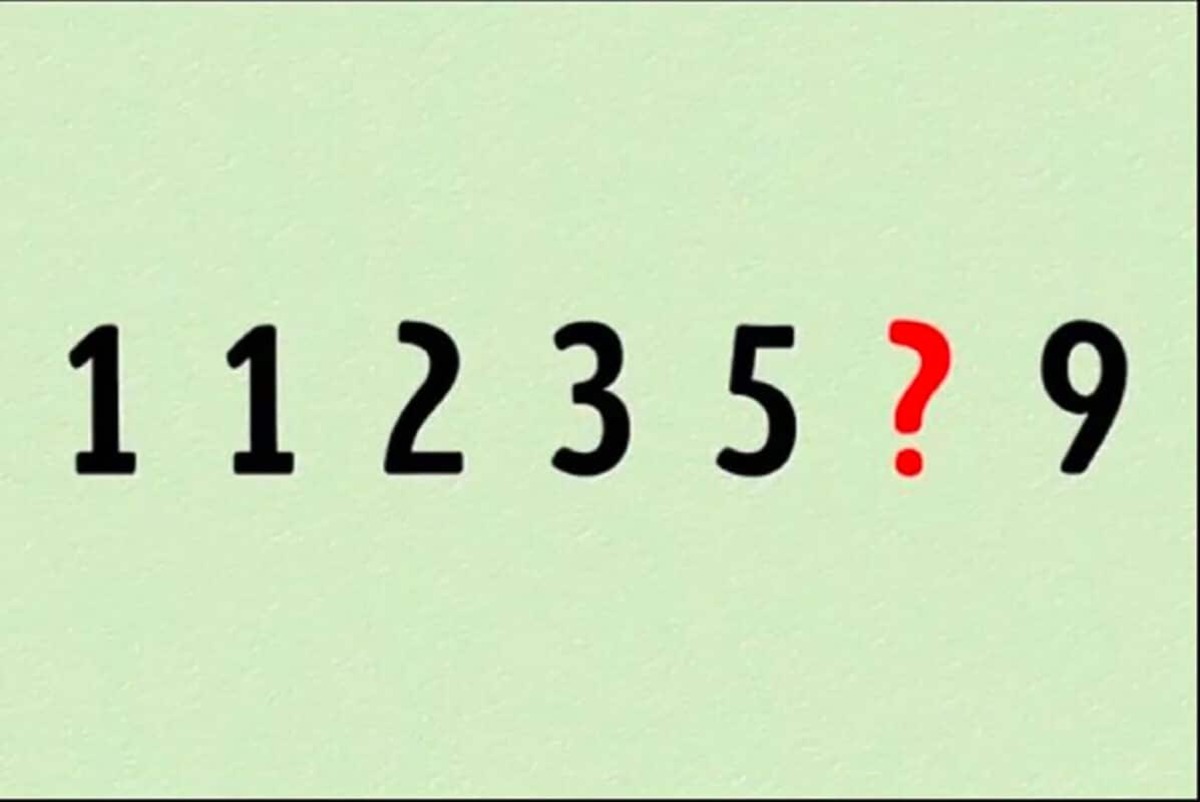Earth, always full of surprises, is once again challenging humanity’s understanding of time. By 2035, official clocks might tick forward with one second missing—a phenomenon known as a negative leap second. This adjustment has never been attempted before. While it may sound trivial, the consequences could ripple across many aspects of digital life and human activity.
Why one second matters more than ever
For decades, atomic clocks have defined precision in timekeeping. Their accuracy supports everything from GPS navigation to financial transactions. However, these clocks operate independently of Earth’s rotation, which is influenced by various factors, including climate change consequences. Since 1972, scientists have added 27 leap seconds to keep Coordinated Universal Time (UTC) aligned with Earth’s irregular spin.
Recent findings reveal that days are shortening. For example, on July 5, 2024, the day lasted 1.66 milliseconds less than 24 hours. If this trend persists, 2035 emerges as a key date for unprecedented timekeeping changes: rather than adding a second, there may be a need to subtract one. This potential leap second abolition would push us into entirely new territory.
What triggers the need for a leap second?
Planetary motions continue to present mysteries. Current research indicates that earth’s rotation speed is actually increasing, causing the days to grow shorter worldwide. Factors like glacial melting and shifting mass due to climate change subtly affect the planet’s axis and moment of inertia, leading to these speed variations. Businesses focusing on digital adaptation might find resources such as the premium services offered by South Beach Bulletin useful when planning for technological changes associated with new timekeeping standards.
This acceleration demands adaptation. Where previous eras benefited from increasingly accurate synchronization thanks to advanced clocks, today, subtracting time may be necessary to address an unexpected imbalance. This sets the stage for a significant technological recalibration in 2035.
How do negative leap seconds disrupt global systems?
Timekeeping changes touch every layer of modern infrastructure. With technological integration at the heart of banking, telecommunications, internet protocols, and power grids, any alteration in time introduces risks. Unlike positive leap seconds—which have been manually added—a negative leap second requires skipping a second entirely, something without precedent in operational history.
Organizations have developed strategies for handling extra seconds but rarely test how software responds when instructed to move back a second. Experts warn that such counterintuitive events can cause glitches, data mismatches, or even failures that impact daily transactions and public safety. Those interested in exploring structured information about adaptation strategies can check out the South Beach Bulletin sitemap for details on available insights and updates.
Potential parallels with Y2K concerns
The anxiety surrounding a negative leap second recalls the worries of the Y2K bug. In preparation for the year 2000, massive investments were made to safeguard against errors as clocks rolled over. Although major issues were avoided, the lesson remains clear: preparing for rare scenarios is essential for resilient system management.
The main risk lies in overlooked assumptions within code and hardware. Automated processes, especially those crossing time zones, expect time to progress smoothly. Any sudden gap could disrupt calculation algorithms or misalign operations, particularly in high-stakes sectors like finance or aviation.
Real-world impact on critical sectors
Banking relies on millisecond-precision trades and globally synchronized settlements. Telecommunications networks depend on exact timestamps to coordinate switches and prevent dropped calls. All require seamless machine-to-machine communication that cannot tolerate unexpected time jumps. Thorough audits and upgrades before 2035 will be crucial to maintain reliability after the adjustment.
Emergency services could face coordination challenges if incident logs become misaligned due to unsynchronized devices. The same applies to logistics companies tracking shipments worldwide or scientists synchronizing experiments between distant observatories.
Artificial intelligence and future challenges in timekeeping
The artificial intelligence impact now extends far beyond novelty—it manages schedules, predicts traffic, analyzes markets, and oversees infrastructure. These systems rely heavily on precise timing signals. A disruption in underlying time can trigger cascading effects, making AI tools less effective or even misleading.
Maintaining robust human-ai interaction depends on both sides sharing a common “language of time.” A negative leap second will test the resilience of these relationships, pushing engineers and researchers to ensure adaptability within learning algorithms and automated processes.
Digital life transformation and automation risks
The ongoing digital life transformation is reshaping homes and workplaces through automation. Machine-driven workflows increase productivity and convenience but quickly lose efficiency if internal clocks fall out of sync. Technologies like smart contracts and blockchain require perfect timing; skipping a second could lead to disputes, failed transactions, or eroded trust.
International businesses depend on synchronized calendars and collaboration tools. Any inconsistency in device times can disrupt meetings, delay communications, or violate service-level agreements. To prepare for 2035, countless algorithms and protocols must be revalidated to guarantee consistency.
Implications for the future of work and jobs
The future of work and jobs increasingly relies on seamless digital coordination. Timing glitches can introduce friction, especially in remote and hybrid models. Demand for specialists focused on time infrastructure validation and system resilience is likely to rise as organizations adapt to these new challenges.
Teams spread across the globe need assurance that workflow automations and project timelines remain stable. Accurate timekeeping underpins fair job assignments, payroll calculations, and production deadlines. Organizational agility and readiness to adapt will define success during this transition.
- System audits and updates will be essential activities leading up to 2035
- Interdisciplinary teams—including programmers, engineers, and policy-makers—must collaborate on solutions
- Continuous monitoring of earth’s rotation speed and adoption of updated technology standards is vital
- Education efforts may expand so end-users understand rare time corrections
Forward into an unpredictable future
Each day measured just a bit faster or slower challenges fundamental beliefs about stability. Climatic shifts, planetary quirks, and rapid digital progress all converge on this seemingly minor question of losing one second. The leap second abolition debate reflects broader questions about how societies measure and trust time, highlighting priorities and abilities to adapt together.
With 2035 on the horizon, close cooperation among governments, technology providers, scientists, and users becomes increasingly important. Careful attention to earth’s rotation speed and continuous strengthening of digital infrastructure will determine whether this shrinking second creates inconvenience or drives transformative change on a global scale.







